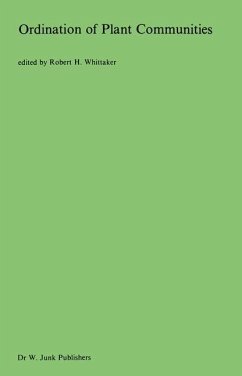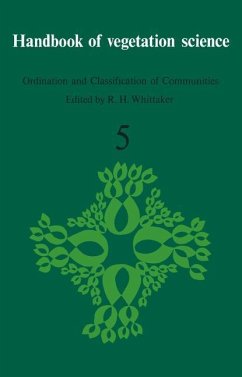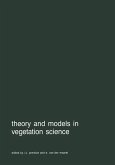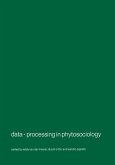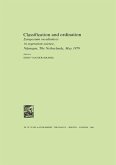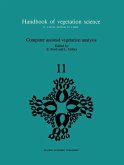A large part of ecological research depends on use of two ap proaches to synthesizing information about natural communities: classification of communities (or samples representing these) into groups, and ordination (or arrangement) of samples in relation to environmental variables. A book published in 1973, 'Ordination and Classification of Communities,' sought to provide, through contributions by an international panel of authors, a coherent treatise on these methods. The book appeared then as Volume 5 of the Handbook of Vegetation Science, for which R. TuxEN is general editor. The desire to make this work more widely available in a less expensive form is one of the reasons for this second edition separating the articles on ordinction and on classification into two volumes. The other reason is the rapid advancement of understanding in the area of indirect ordination-mathematical techniques that seek to use measurements of samples from natural communities to produce arrangements that reveal environmental relationships of these communities. Such is the rate of change in this area that the last chapter on ordination in the first edition is already, 4 or 5 years after it was written, out of date; and new techniques of indirect ordination that could only be mentioned as possibilities in the first edition are becoming prominent in the field. In preparing the second edition the chapter on evaluation of ordinations has been rewritten, a new chapter on recent developments in continuous multivariate techniques has been included, and references to recent work have been added to other chapters.
Hinweis: Dieser Artikel kann nur an eine deutsche Lieferadresse ausgeliefert werden.
Hinweis: Dieser Artikel kann nur an eine deutsche Lieferadresse ausgeliefert werden.

